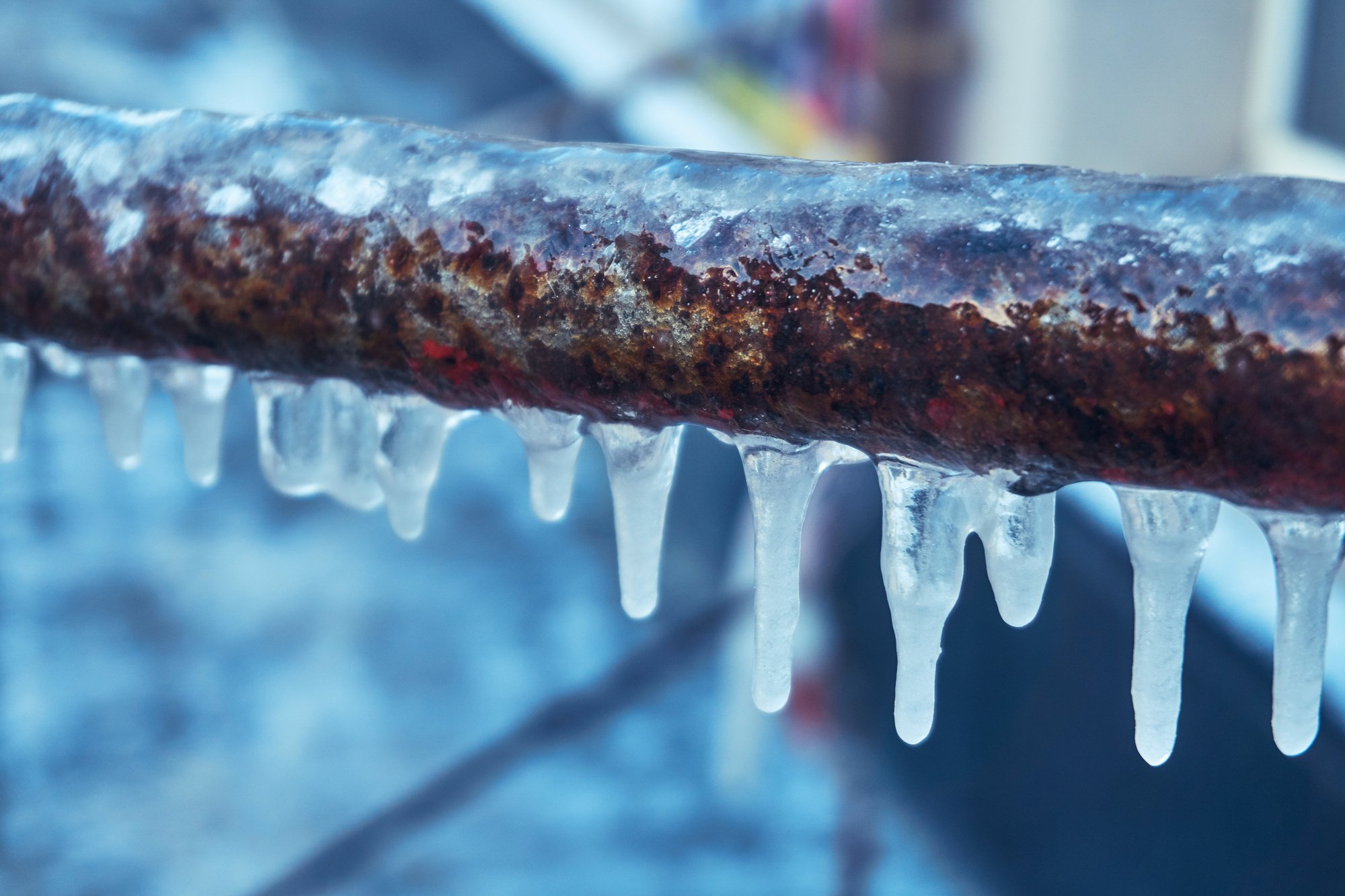Preventing Frozen Pipes in Winter: Essential Tips
Preventing Frozen Pipes in Winter: Essential Tips
Blog Article
What are your opinions with regards to Winter Plumbing Precautions: Preventing Frozen Pipes?

Cold weather can wreak havoc on your pipes, especially by freezing pipelines. Here's just how to prevent it from occurring and what to do if it does.
Intro
As temperatures decrease, the threat of icy pipes increases, possibly resulting in pricey repair services and water damage. Recognizing how to stop frozen pipelines is essential for home owners in cold environments.
Avoidance Tips
Shielding susceptible pipelines
Cover pipelines in insulation sleeves or make use of warm tape to secure them from freezing temperatures. Concentrate on pipes in unheated or external locations of the home.
Heating methods
Keep indoor rooms effectively warmed, specifically locations with pipes. Open up cabinet doors to enable cozy air to distribute around pipelines under sinks.
Exactly how to determine icy pipes
Search for reduced water flow from faucets, unusual smells or sounds from pipelines, and noticeable frost on subjected pipes.
Long-Term Solutions
Structural adjustments
Take into consideration rerouting pipelines away from exterior walls or unheated locations. Include extra insulation to attic rooms, cellars, and crawl spaces.
Upgrading insulation
Buy high-grade insulation for pipes, attics, and wall surfaces. Proper insulation aids keep constant temperature levels and minimizes the risk of frozen pipelines.
Securing Outdoor Plumbing
Yard hose pipes and exterior faucets
Disconnect and drain yard hoses before winter months. Install frost-proof faucets or cover exterior faucets with protected caps.
Recognizing Icy Pipes
What triggers pipelines to freeze?
Pipes freeze when subjected to temperature levels listed below 32 ° F (0 ° C) for prolonged durations. As water inside the pipelines ices up, it increases, taxing the pipe wall surfaces and possibly creating them to burst.
Dangers and problems
Icy pipes can result in water system disturbances, home damage, and expensive repair work. Burst pipes can flooding homes and create comprehensive structural damages.
Indicators of Frozen Water Lines
Recognizing frozen pipes early can stop them from breaking.
What to Do If Your Pipes Freeze
Immediate actions to take
If you believe icy pipes, maintain faucets open to relieve pressure as the ice thaws. Utilize a hairdryer or towels soaked in warm water to thaw pipes gradually.
Final thought
Protecting against icy pipes needs proactive procedures and quick actions. By recognizing the causes, indications, and preventive measures, house owners can shield their plumbing during cold weather.
5 Ways to Prevent Frozen Pipes
Drain Outdoor Faucets and Disconnect Hoses
First, close the shut-off valve that controls the flow of water in the pipe to your outdoor faucet. Then, head outside to disconnect and drain your hose and open the outdoor faucet to allow the water to completely drain out of the line. Turn off the faucet when done. Finally, head back to the shut-off valve and drain the remaining water inside the pipe into a bucket or container. Additionally, if you have a home irrigation system, you should consider hiring an expert to clear the system of water each year.
Insulate Pipes
One of the best and most cost-effective methods for preventing frozen water pipes is to wrap your pipes with insulation. This is especially important for areas in your home that aren’t exposed to heat, such as an attic. We suggest using foam sleeves, which can typically be found at your local hardware store.
Keep Heat Running at 65
Your pipes are located inside your walls, and the temperature there is much colder than the rest of the house. To prevent your pipes from freezing, The Insurance Information Institute suggests that you keep your home heated to at least 65 degrees, even when traveling. You may want to invest in smart devices that can keep an eye on the temperature in your home while you’re away.
Leave Water Dripping
Moving water — even a small trickle — can prevent ice from forming inside your pipes. When freezing temps are imminent, start a drip of water from all faucets that serve exposed pipes. Leaving a few faucets running will also help relieve pressure inside the pipes and help prevent a rupture if the water inside freezes.
Open Cupboard Doors
Warm your kitchen and bathroom pipes by opening cupboards and vanities. You should also leave your interior doors ajar to help warm air circulate evenly throughout your home.

Do you enjoy reading up on Preventing and dealing with frozen pipes? Write a comment further down. We would be happy to hear your insights about this article. Hoping that you visit us again in the near future. Appreciated our entry? Please quickly share it. Let other people find it. We truly appreciate reading our article about How To Avoid Freezing Pipes.
Book Now! Report this page